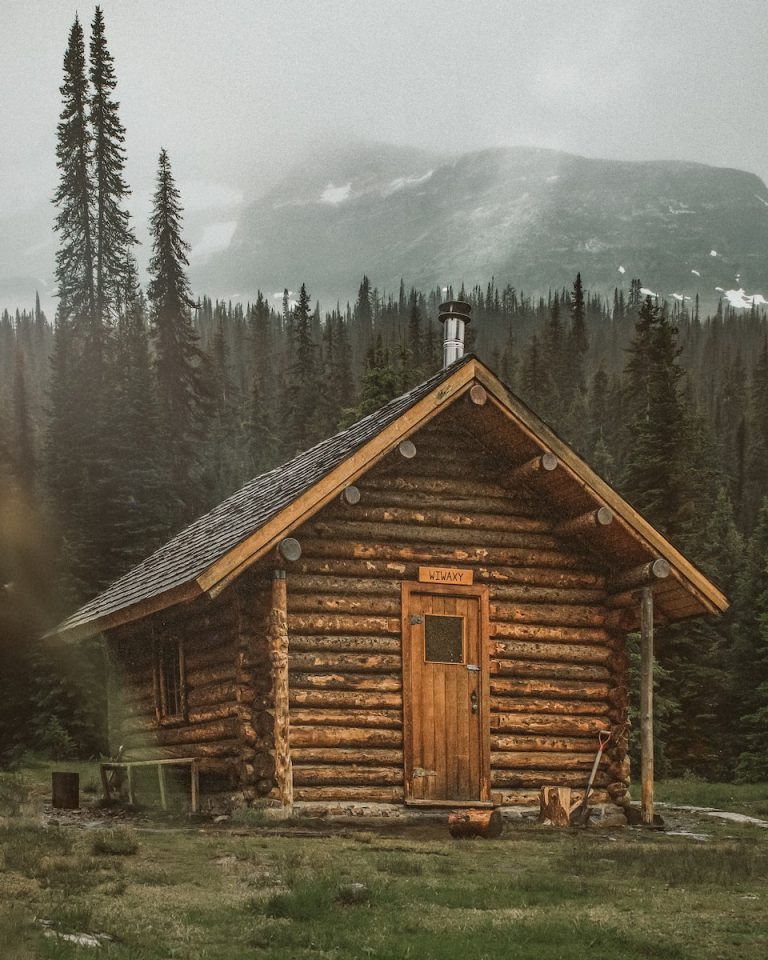Hidden deep in the woods, your log cabin stands as a sanctuary for your family—a place to escape the routine of your everyday life and connect with nature. However, to ensure your family retreat remains a haven of comfort and beauty, log cabin maintenance is essential.
In this article, we’ll explore the crucial tips and guidelines to keep your log cabin in top shape, guaranteeing both safety and longevity.
10 Log Cabin Maintenance Tips to Consider
Inspect Regularly
The cornerstone of log cabin maintenance is regular inspections. Just as you schedule check-ups for your health, your cabin needs periodic assessments, too.
Ideally, perform a comprehensive inspection at least once a year. Look for signs of wear and tear, such as gaps, cracks, or decay in the logs. Inspect the roof, windows, doors, and foundation for any issues that might compromise the integrity of your cabin.
Seal the Gaps
One of the primary challenges with log cabins is maintaining their insulation properties. Logs tend to settle over time, leading to gaps between them. These gaps can let in drafts and condensation, affecting both the comfort and structural integrity of your cabin.
To combat this, regularly seal the gaps between logs with high-quality caulking or chinking materials designed for small log cabins. Proper sealing helps maintain a consistent temperature inside and keeps pests out.
Stain and Finish
To maintain the stunning appearance of your log cabin, staining and finishing the wood is crucial. Log cabins are exposed to the elements, and the sun’s UV rays can cause the wood to fade and deteriorate. Staining intensifies the natural beauty of the wood and provides a protective layer against moisture, insects, and rot. Reapply stain as needed, typically every 2-5 years, to ensure your cabin maintains its luster.
Roof Maintenance
The roof of your log cabin plays a vital role in protecting the entire structure from water damage. Regularly inspect the roof for missing shingles, damaged flashing, or clogged gutters. Clear away debris that accumulates on the roof and gutters, as this can lead to water pooling and leaks. Addressing roofing issues promptly can prevent costly repairs down the line.
Pest Control
Wooden structures are susceptible to pests such as termites, carpenter ants, and wood-boring beetles. Regularly inspect your cabin for signs of infestation, such as small holes, sawdust, or hollow-sounding wood. Consider hiring a pest control service to treat and protect your cabin against these threats.
Additionally, avoid stacking firewood or other wood materials directly against your cabin, as this can attract pests.
Foundation Maintenance
Your log cabin’s foundation is its anchor. Inspect the foundation regularly for cracks, settling, or erosion. Any issues with the foundation can affect the stability of the entire structure. Repair any damage promptly, and consider applying waterproofing materials to prevent moisture infiltration.
Chimney and Fireplace Maintenance
If your log cabin has a fireplace or wood-burning stove, regular maintenance is vital for safety. Inspect the chimney for creosote buildup, which can lead to chimney fires. Clean the chimney annually or as needed and have it professionally inspected periodically. Ensure that your fireplace or stove is in good working condition and that the flue is functioning correctly.
Plumbing and Electrical Checks
For log cabins with plumbing and electrical systems, regular checks are essential. Inspect pipes, fixtures, and wiring for leaks, corrosion, or damage. Address any issues immediately to prevent costly repairs and ensure the safety of your family.
Winterization
Log cabins are often located in areas with harsh winters. Proper winterization is crucial to prevent frozen pipes and other cold-weather issues. Insulate pipes, seal gaps in windows and doors, and consider adding weather stripping to minimize heat loss. Drain and winterize any outdoor water features, such as fountains or hoses, to prevent damage.
Fire Safety
Log cabins are more susceptible to fires due to the combustible nature of wood. Install smoke detectors and fire extinguishers in strategic locations throughout your cabin. Create a family fire safety plan and regularly practice fire drills with your loved ones. Ensure that your cabin is equipped with fire-resistant materials and firebreaks in case of emergencies.
Conclusion
Owning a log cabin is a dream come true for many families, offering a retreat from the chaos of modern life. However, to preserve the beauty and safety of your family retreat, regular log cabin maintenance is a must.
By following these important tips, you can ensure that your log cabin remains in top shape for generations to come. Remember, a well-maintained log cabin isn’t just a home; it’s a legacy of memories and tranquility for your family.

0 Comments